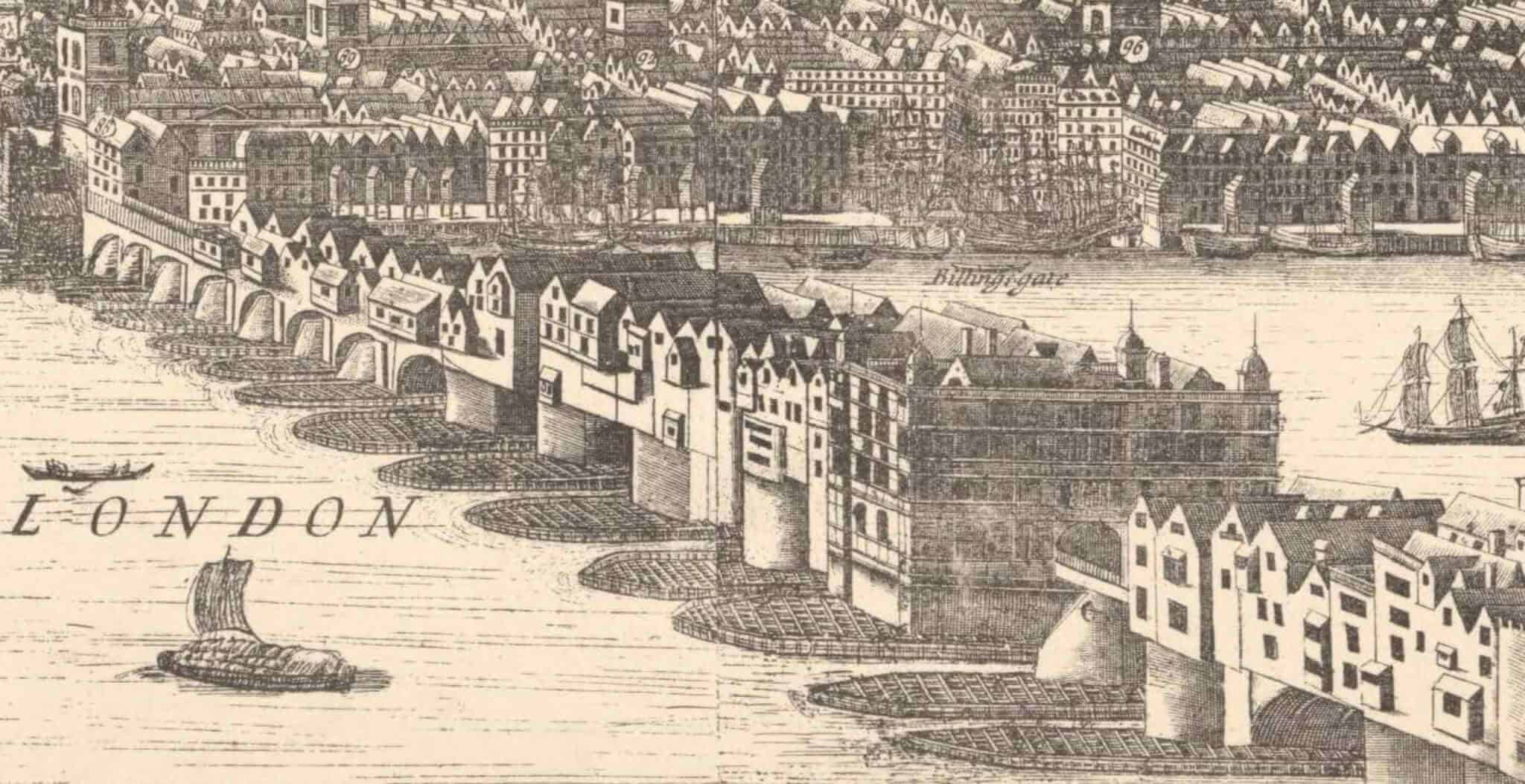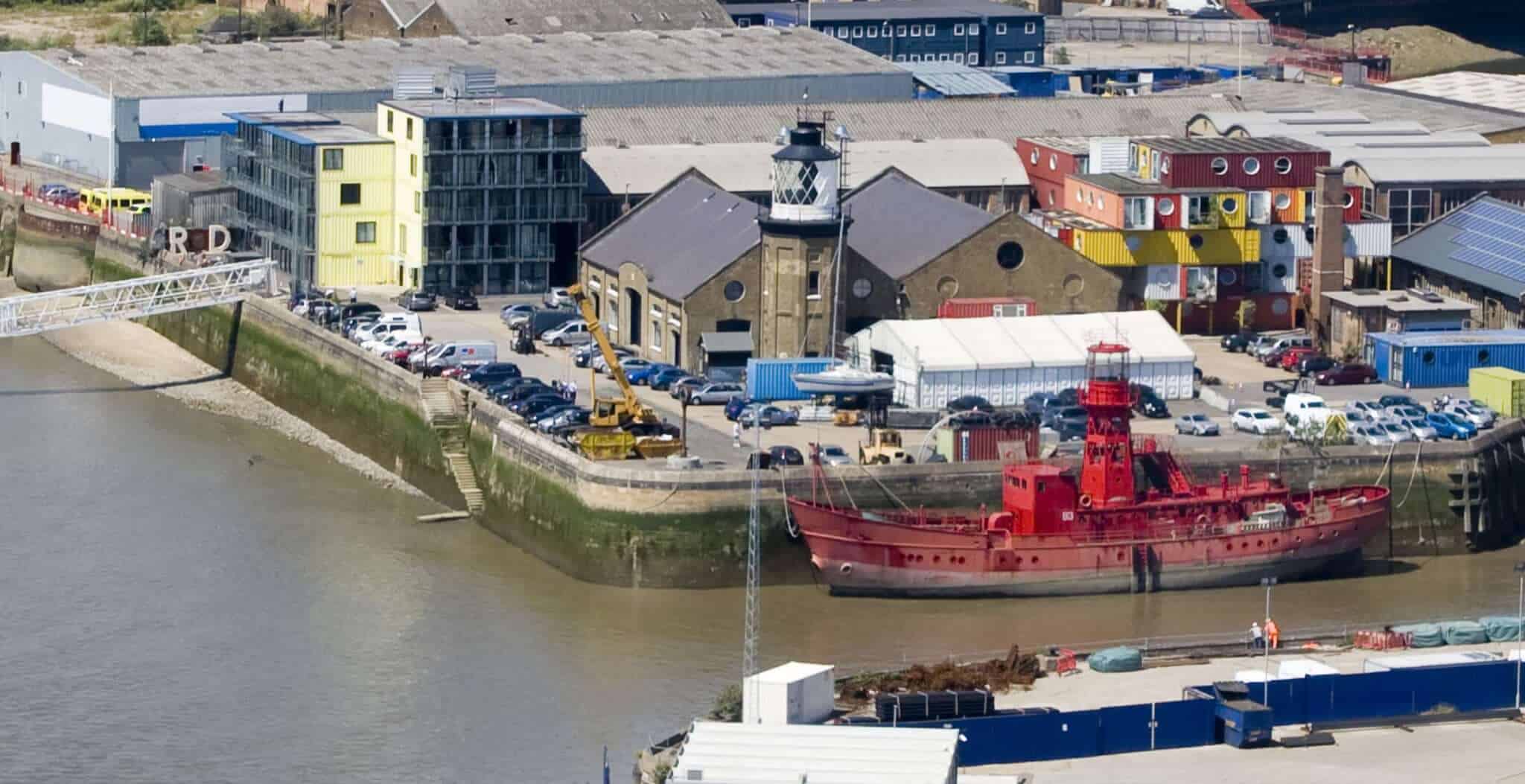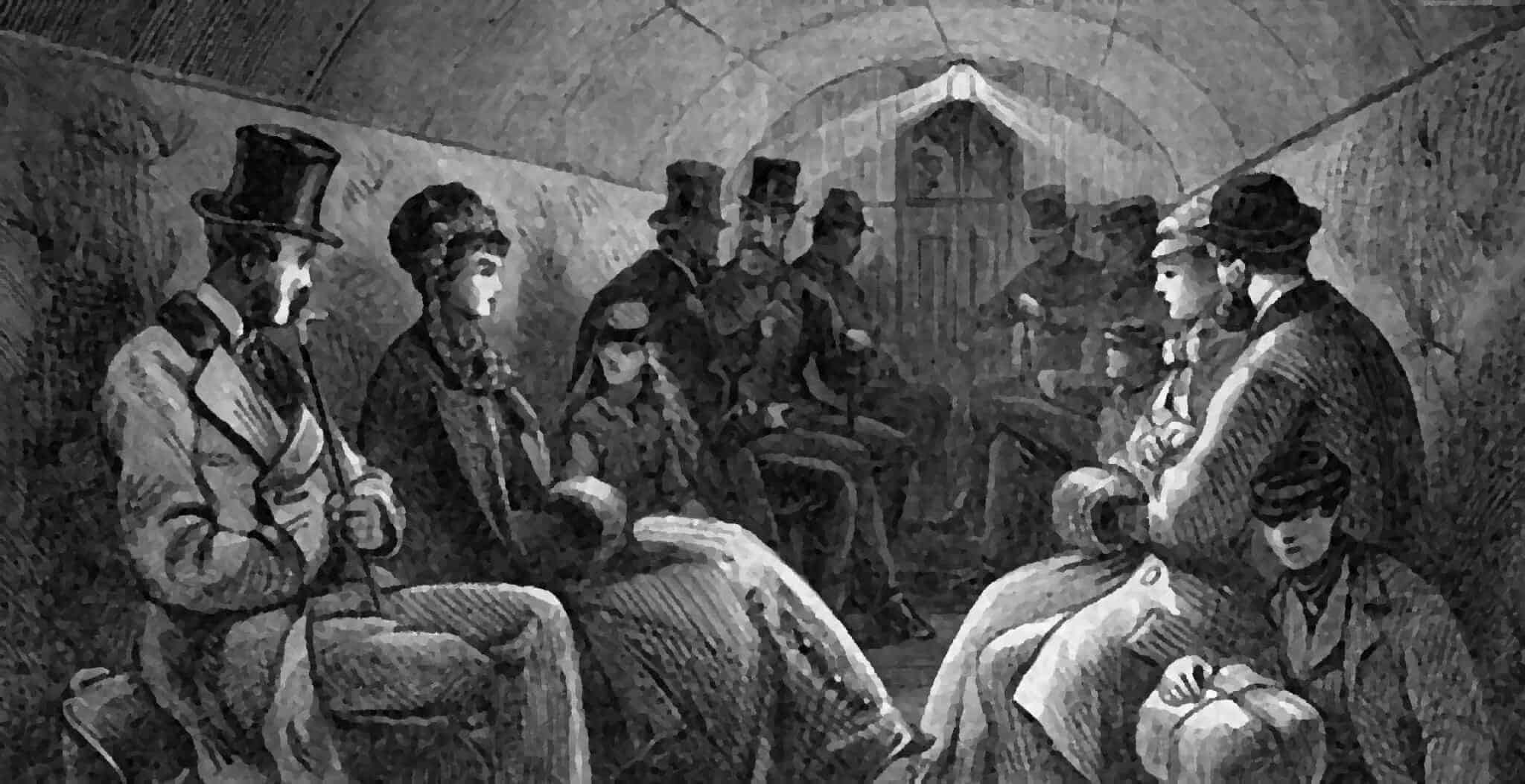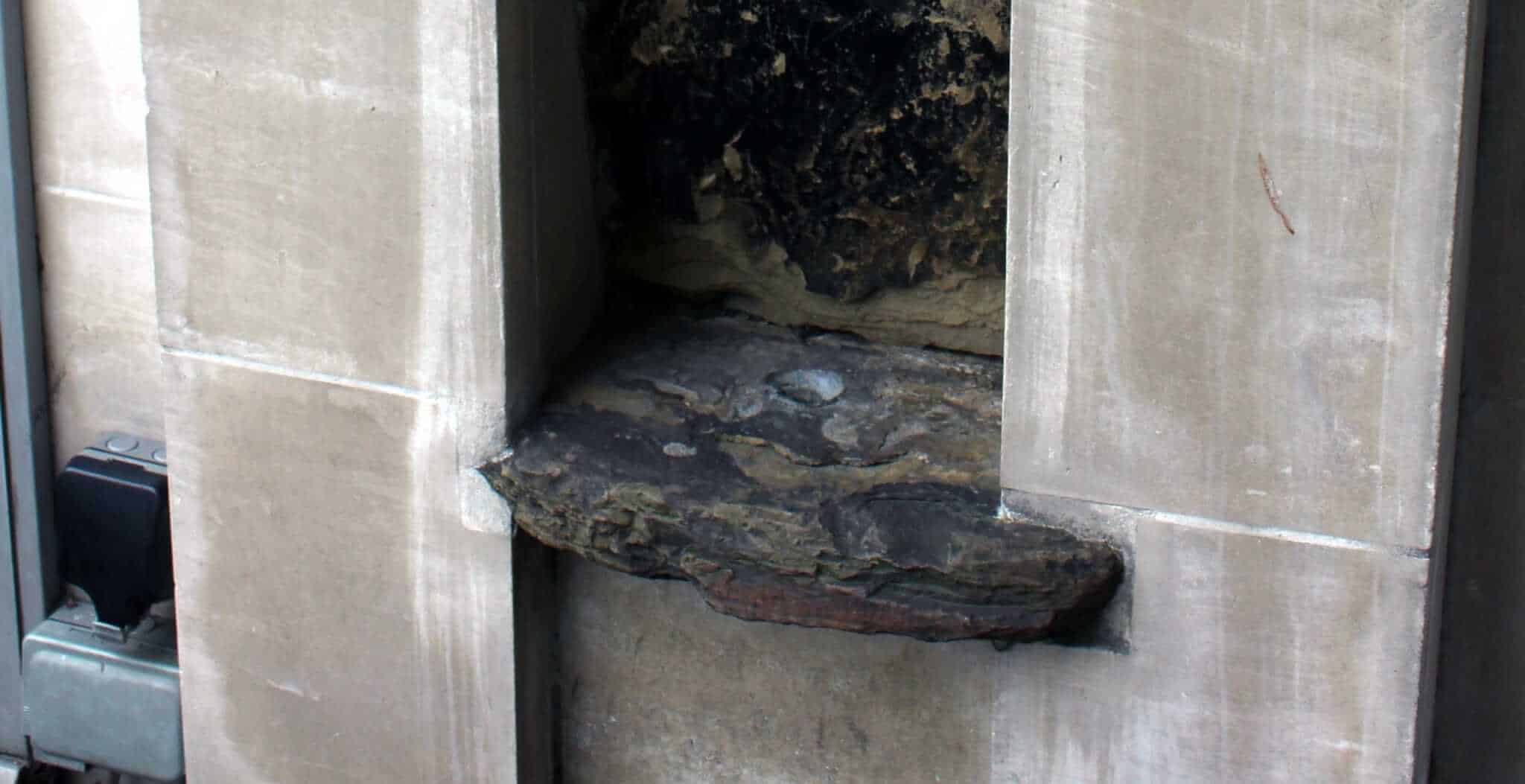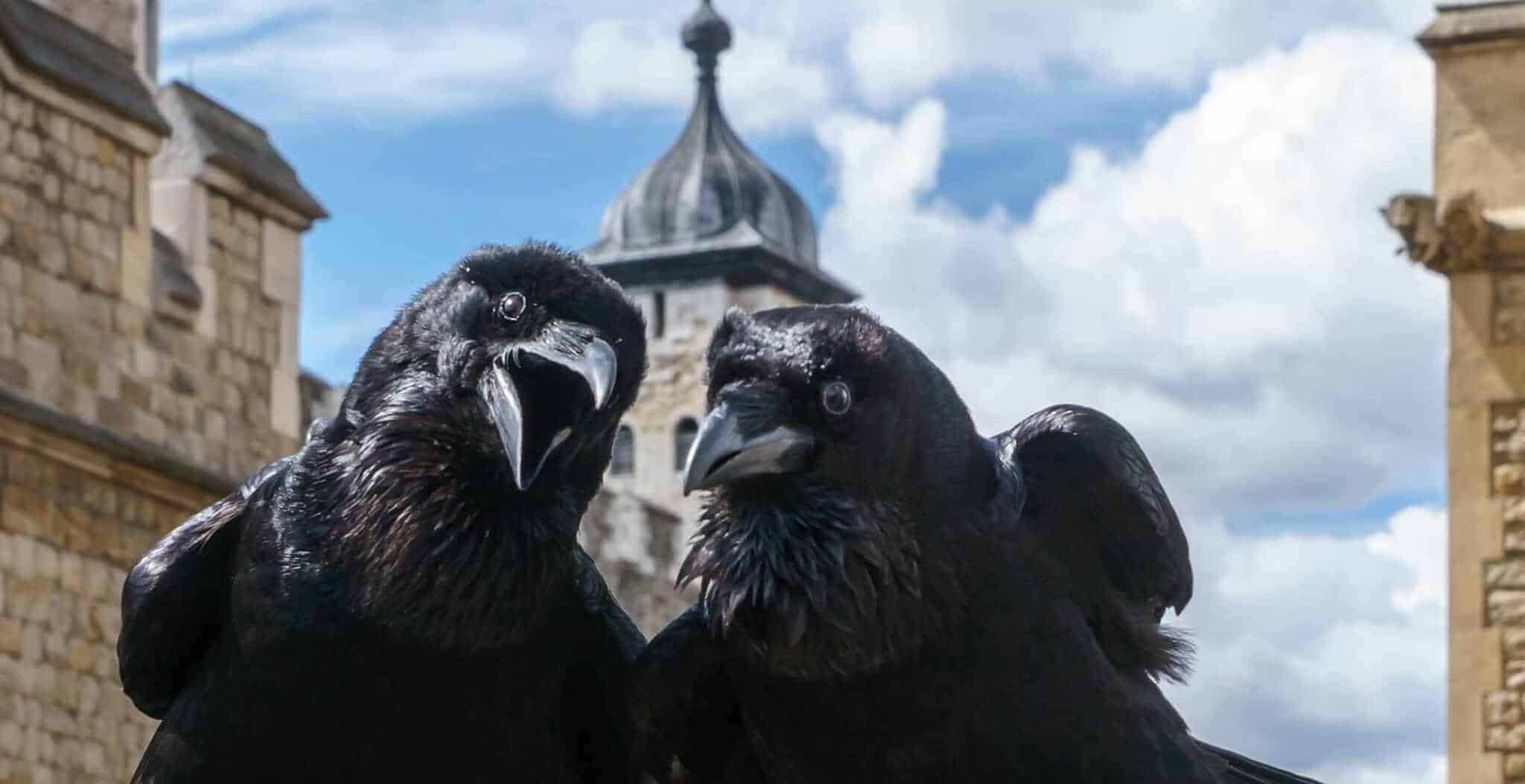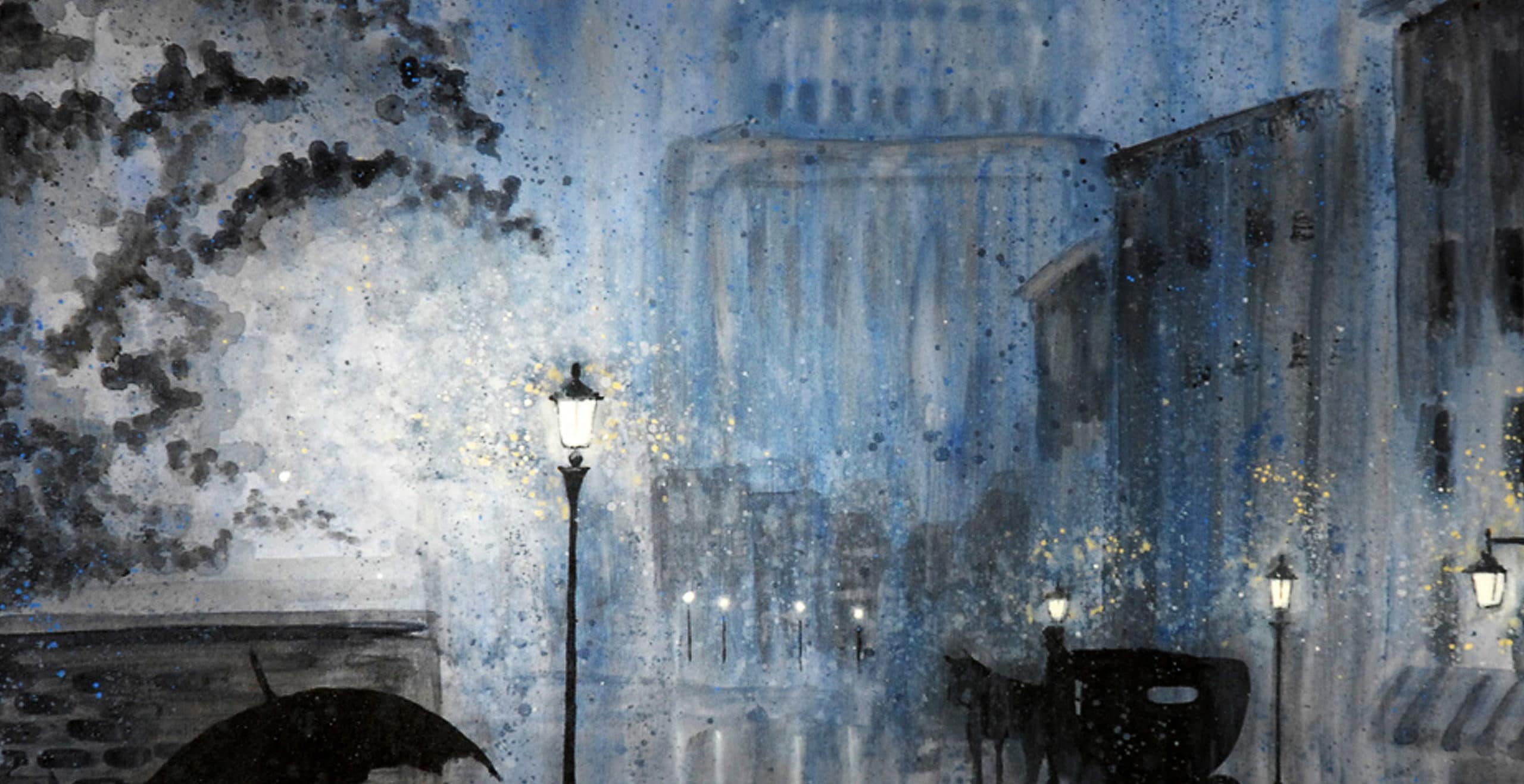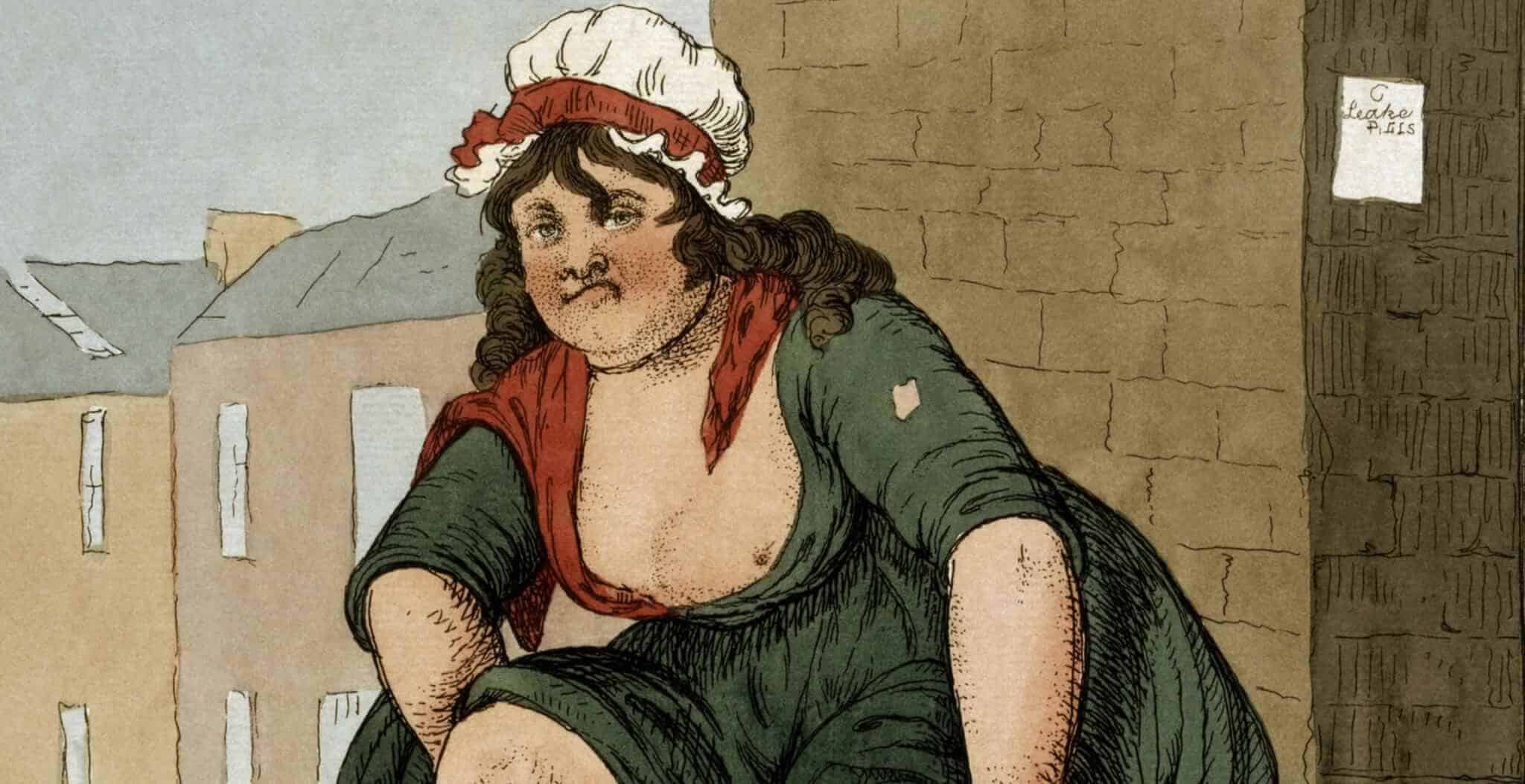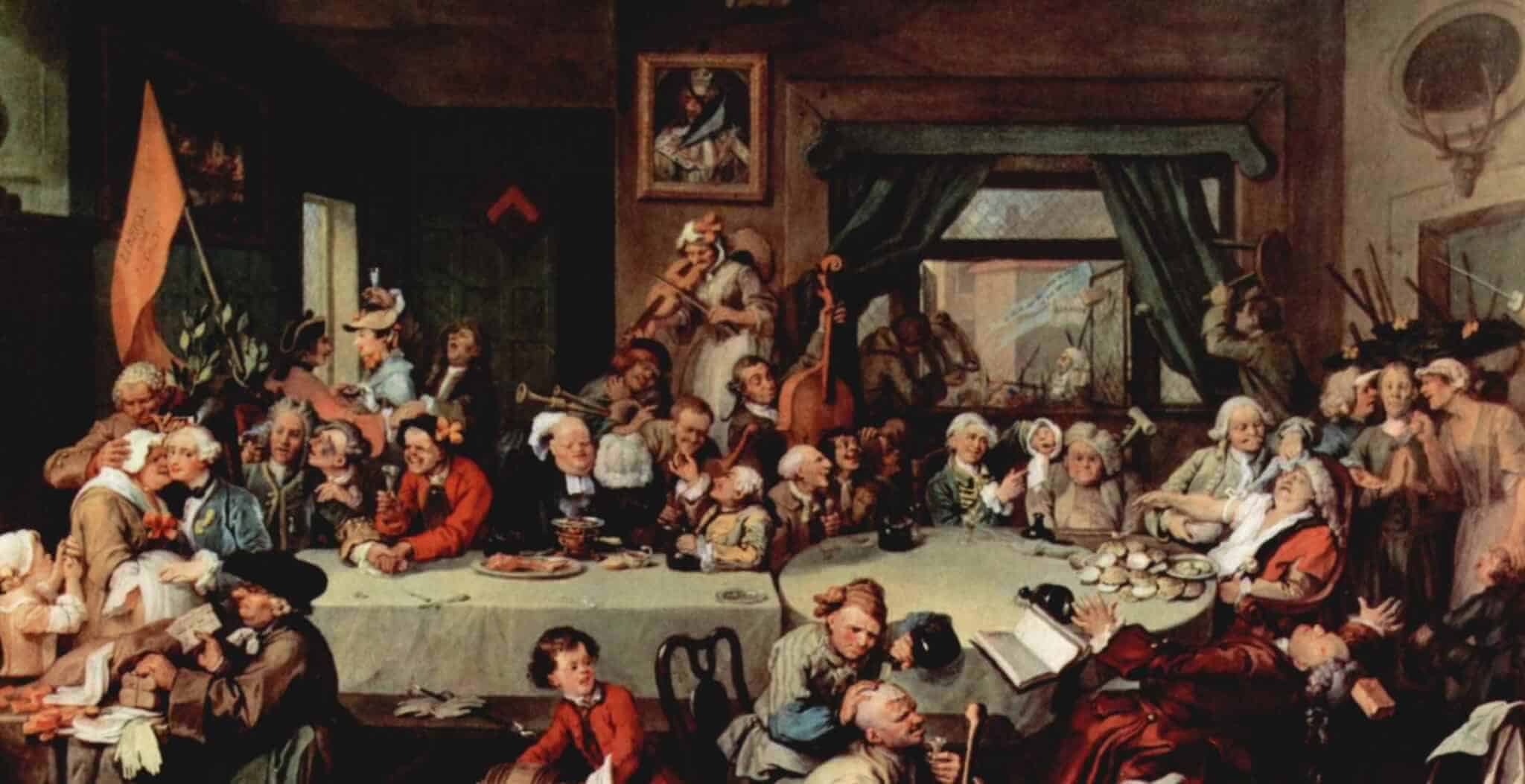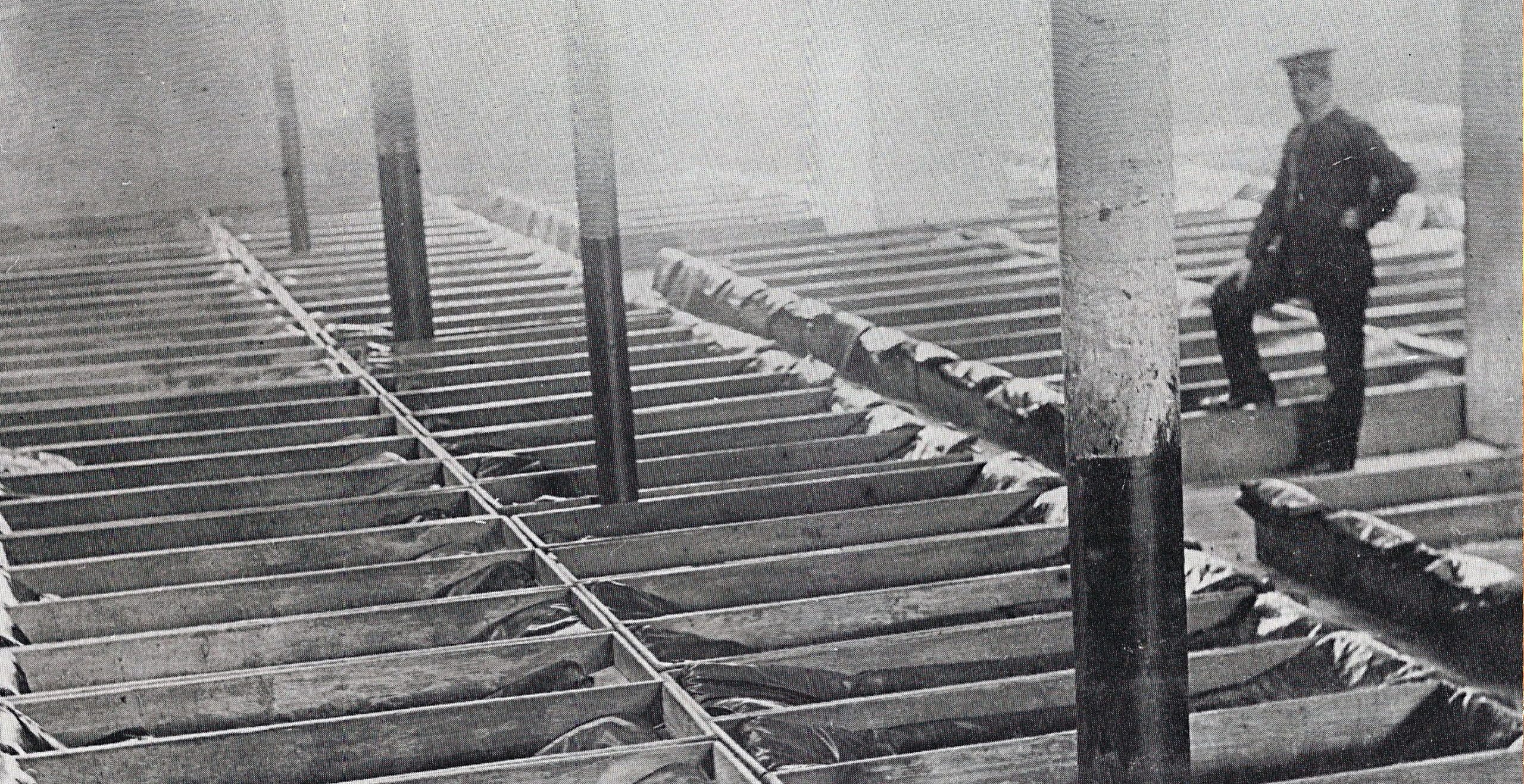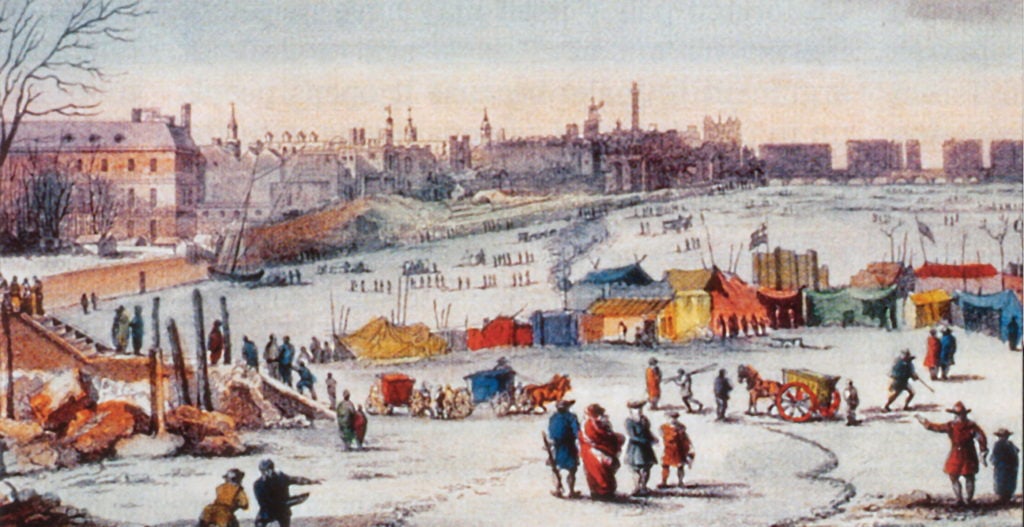There have been many reincarnations of London Bridge since the original Roman crossing in AD50. The most famous and longstanding of these was the “Old” Medieval bridge, finished in 1209 during the reign of King John.
For over 600 years this bridge was the key crossing point of the Thames in London, ferrying people, goods and livestock across the river. With its shops, houses, churches and gatehouse, it was an iconic feature of the City of London.
Unfortunately, by the early 19th century the bridge was showing serious signs of wear and tear. Although the buildings that had once adorned its top had long been demolished, the crossing was still far too narrow and the arches that supported the bridge were a serious hindrance for ships passing underneath.
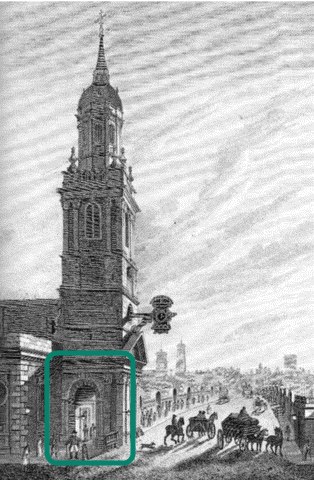
The old medieval London Bridge with St Magnus the Marytr’s church to the left. The circled area is the old pedestrian entrance which still remains to this day.
It was therefore decided in 1799 that a new, larger bridge should be built in its stead. To minimise any disruption to traffic, the new bridge was to be build 30 metres upstream of the old crossing, therefore allowing the Medieval bridge to function until the latter was opened in 1831.
Once this was completed, the old bridge was quickly dismantled and lost into the annals of history.
Or so most people think…
There are, in fact, a few lasting remnants of the old London Bridge, and one of which is built into the tower of St Magnus the Marytr’s Church on Lower Thames Street.
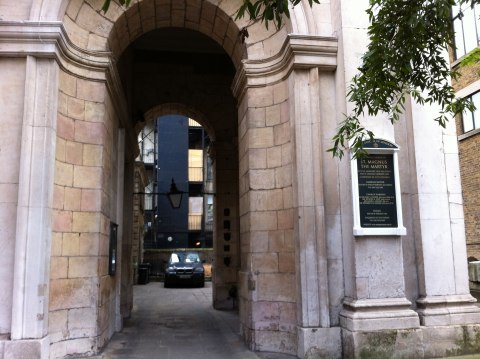
The specific remnant in question is the archway under the tower itself, and from 1763 until the demise of the old London Bridge in 1831, this archway was the main pedestrian entrance onto the bridge. Hundreds of thousands – if not millions – of people must have walked through it, crossing from the City of London to Southwark and vice-versa.
Vehicular access to the old London Bridge would have been to the western side of the church’s tower, and would consequently have been one of the busiest sections of road in London. Nowadays however the area is shared between the church’s courtyard and a rather uninspiring office building.

There’s more however! If you look carefully in the church’s courtyard you will see a set of large stones, unlabelled and apparently without purpose. These stones are actually the remains of the old medieval London Bridge, more specifically parts from the northernmost arch.
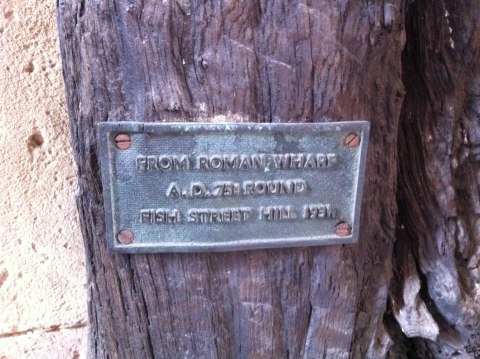
There is also within the tower’s archway, a piece of an old Roman Wharf dating from AD 75. This was found on the nearby Fish Street Hill in 1931, illustrating just how far the banks of the Thames have moved over the space of 2,000 years.
Tours of Historic London
Find out more about this great city by browsing our Selected Tours of London.
